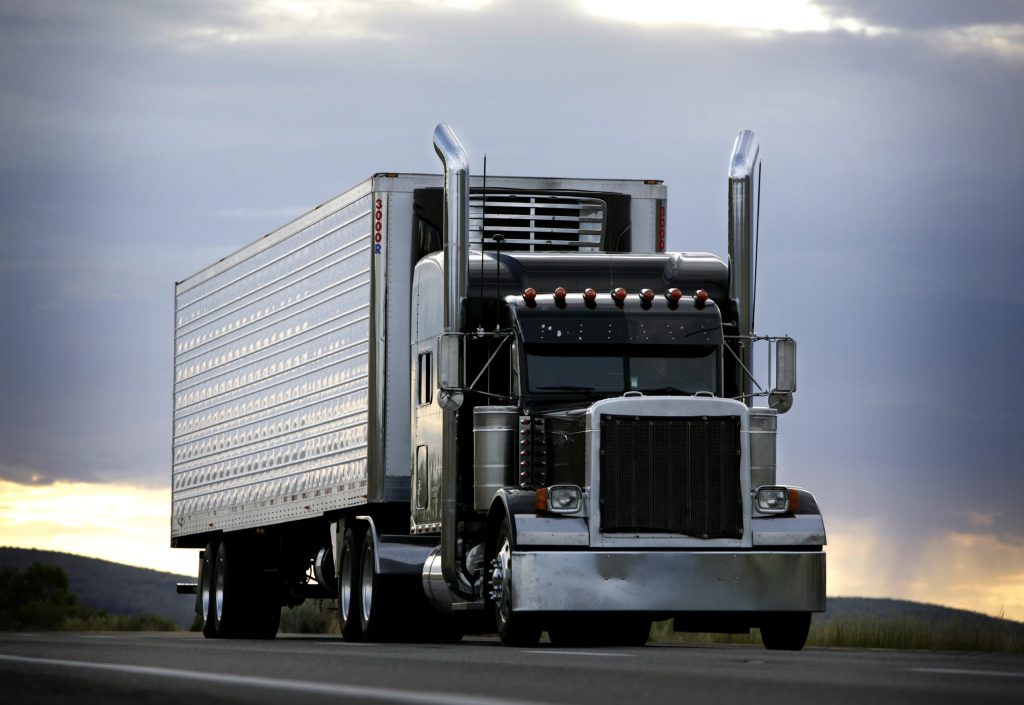Interesting Things to Know about 18-Wheelers
When was the last time you drove on a highway without passing a semi-truck? With over 15.5 million big rigs in the U.S., probably never. But how much do you really know about them? Here are some surprising facts about 18-wheelers:
Six Big Rig Facts
- First Semi-Truck: Invented in 1898 by Alexander Winton to transport cars. Since then, technological advancements have greatly enhanced big rigs.
- Diesel Efficiency: Diesel fuel is more efficient than gasoline, containing 10-15% more energy, allowing semis to travel up to 30% farther per gallon.
- Environmentally Friendly Diesel: The EPA has reduced sulfur levels in diesel fuel to 15 ppm, making it much cleaner.
- Nonstop Engines: Diesel engines are designed for extended duty cycles but idling for long periods can cause internal engine problems.
- Gears: Standard semis have 10 gears, but some have up to 18, necessary for hauling heavy loads on various terrains.
- U-Turns: Semi-trucks, averaging 70-75 feet long, need at least 55 feet to make a safe U-turn, making it dangerous on narrow highways.
Quick Facts
- One-third of the 1.9 million semi-trucks in the U.S. are registered in California, Florida, and Texas.
- An 18-wheeler uses about 20,500 gallons of fuel annually, compared to 500 gallons for a passenger vehicle.
- In 2015, commercial trucks traveled an estimated 279.8 billion miles.
- A typical semi-truck diesel engine weighs 3,000 pounds.
- 70% of American goods are transported via semi-trucks.



